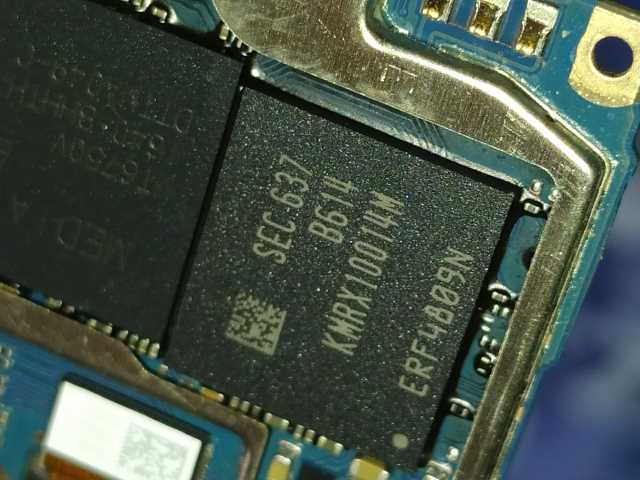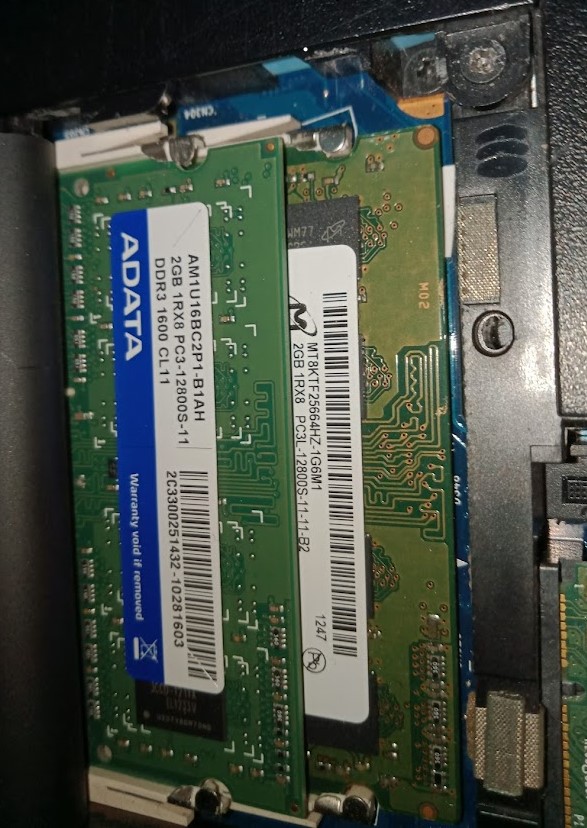Comparing: Samsung KMRX10014M vs DDR3 SODIMM 1066MHz [Disk]
In this comparison, we analyze two Disks: Samsung KMRX10014M and DDR3 SODIMM 1066MHz [Disk], using synthetic benchmark tests to evaluate their overall performance. This side-by-side comparison helps users understand which hardware delivers better value, speed, and efficiency based on standardized testing. Whether you're building a new system or upgrading an existing one, this benchmark-driven evaluation offers valuable insights to guide your decision.

Samsung KMRX10014M
| Type: | Disks |
|---|---|
| Model: | Samsung KMRX10014M |
| Capacity: | 32GB |
| Interface: | eMMC |

DDR3 SODIMM 1066MHz [Disk]
| Type: | Disks |
|---|---|
| Model: | DDR3 SODIMM 1066MHz [Disk] |
| Capacity: | 2GB |
| Interface: | DDR3 |
Specification Comparison Table
| Specification | Samsung KMRX10014M | DDR3 SODIMM 1066MHz [Disk] |
|---|---|---|
| Brand | Samsung | - |
| Format | eMMC 5.1 | RAM Disk |
| Capacity | 32GB | 2GB |
| Interface | eMMC | DDR3 |
Submission Comparison Table
| Benchmark Software | Samsung KMRX10014M | DDR3 SODIMM 1066MHz [Disk] |
|---|
About Hardware Samsung KMRX10014M
OPPO F1s eMMC 5.1 (Samsung KMRX10014M) is a Samsung-made eMMC 5.1 storage chip used in the OPPO F1s smartphone. With eMMC 5.1 technology, this chip has a higher data transfer rate than eMMC 5.0, allowing for a smoother usage experience in opening apps and reading/writing data.
Although its performance is still below that of UFS, eMMC 5.1 remains a reasonably fast, economical option for mid-range smartphones.
Hardware Detail
The device used is OPPO F1s / A59m (possibly Refurbish) with MediaTek MT6750 specifications and 4GB of RAM and 32GB of storage.
This test was conducted after the device was approximately 7 years old, which is likely to have degraded the performance of eMMC.
Friday, 19 November 2021 16:41:45 | Update: 1 month ago
About Hardware DDR3 SODIMM 1066MHz [Disk]
DDR3 SODIMM 1066MHz is a DDR3 SODIMM RAM module with a speed of 1066MHz, typically used in laptops or other compact devices. In a standard system, this RAM serves as the main memory for running applications and the operating system.
However, in specialized use, this RAM is configured as a RAMDisk, which is a temporary storage that utilizes RAM capacity to significantly increase data access speed compared to SSDs or HDDs. This use of RAMDisk allows for temporary storage of temporary files, application caching, or data processing with very low latency. In this experiment, RAMDisks are used to store data and test read and write speeds.
Wednesday, 26 December 2012 14:27:32 | Update: 1 month ago
